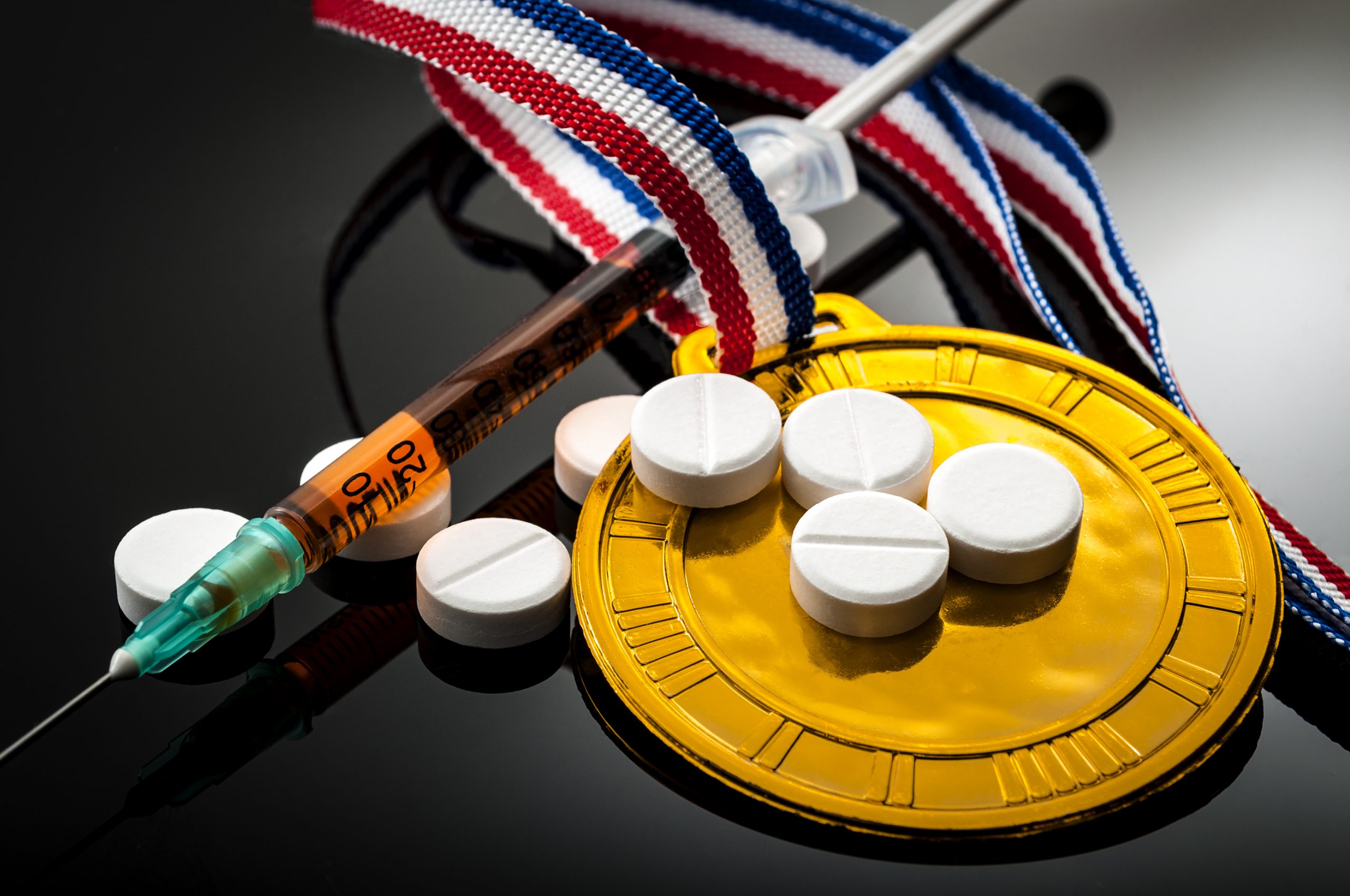Better Protecting the Playing Field
An infamous sports mantra uttered by athletes over the years is, “If you’re not cheating, you’re not trying.” From the earliest days of organized sport, attempts to gain a competitive advantage through the use of performance-enhancing substances have been prevalent.
New Florida Tech research may help the governing bodies trying to stop future attempts at doping.
Assistant professor in chemistry Christopher Chouinard is working on research to better detect previously unidentified performance-enhancing drugs (PEDs) that are not yet found on the World Anti-Doping Agency’s prohibited list.
A high-profile example of why this testing will be so important happened nearly 20 years ago when the Bay Area Laboratory Co-Operative distributed tetrahydrogestrinone, an orally active anabolic-androgenic steroid that was nicknamed “The Clear” for its ability to go undetected during testing. The steroid would cause scandals across the sports world, ensnaring such major athletes such as track star Marion Jones and baseball slugger Barry Bonds.
The research is funded by the Partnership for Clean Competition, a non-profit organization founded in 2008 by the U.S. Olympic Committee, the National Football League, Major League Baseball and the U.S. Anti-Doping Agency. Chouinard’s research was recently accepted in the Journal of the American Society for Mass Spectrometry.
Steroid testing has since improved, but the improvements have been incremental. Chouinard’s methods are built on a new approach. He and Florida Tech alumnus and research assistant Sam Maddox utilize ozone to create a chemical reaction with the sample, allowing them to analyze it for PEDs in a much more efficient and accurate way than current testing. This process, previously used in a different type of research involving lipids, allows testers to detect steroids that are difficult to differentiate from naturally produced testosterone.
“That’s one of the ways the synthetic chemists that try to get ahead of the game think,” Chouinard said. “All of us have normal steroids in our body, and the chemists almost try to hide them in plain sight by saying, ‘If we can make a synthetic steroid that’s 10 times more potent than testosterone but looks exactly the same as testosterone in your analytical methods,’ then that’s how they get away with it.”
Over the past decade, performance-enhancing drugs have evolved, making the task more difficult for those attempting to keep sports clean. Chouinard noted that this surge is related to supplements and the lack of regulation behind them, which has led to mass production … and sometimes banned drugs being found in the supplements. According to a U.S. Food and Drug Administration study in 2018, nearly 800 dietary supplements sold over-the-counter from 2007 to 2016 contained unapproved drug ingredients.
“If you go into a facility where they make drugs, they have these protocols where if they are making two things that aren’t supposed to go together, they have a procedure where A doesn’t mix with B and there’s no chance of that happening,” Chouinard said. “With these supplements, because they’re not regulated, the way they’re made isn’t regulated either, and something like that can cause tainted materials.”
This was Maddox’s first research opportunity as a student at Florida Tech, which gave him the opportunity to take his education from the classroom to a hands-on laboratory experience. Maddox put together the first prototype for the ozone reactions that is still used today.
“I’ve learned a lot about everything,” Maddox said. “The interesting thing is applying our techniques to different steroids and finding out what else we can do with it.”
While this year’s Summer Olympics would be too early to see these measures used, Chouinard hopes the procedures could be used in the next five years. The next step would be to test a urine sample for performance-enhancing compounds using their method, as well as applying their methods to the various metabolites of the compounds.
Founded in 2008 by the U.S. Olympic Committee, the National Football League, Major League Baseball and the U.S. Anti-Doping Agency, the Partnership for Clean Competition is a nonprofit, 501(c)(3) organization working to protect the integrity of sport and public health by engaging and supporting the world’s top scientists and innovators in high-quality anti-doping research and development. By combining the resources and expertise of America’s leading sports entities, the PCC supports non-partisan and independent scientific research by making targeted grants to various universities and other world-class research institutions. PCC-supported research contributes to a movement in addressing doping’s root causes and ultimately decreasing the use of performance-enhancing drugs by all participants in all sports at all levels of play. For more information, visit https://cleancompetition.org/.
###





